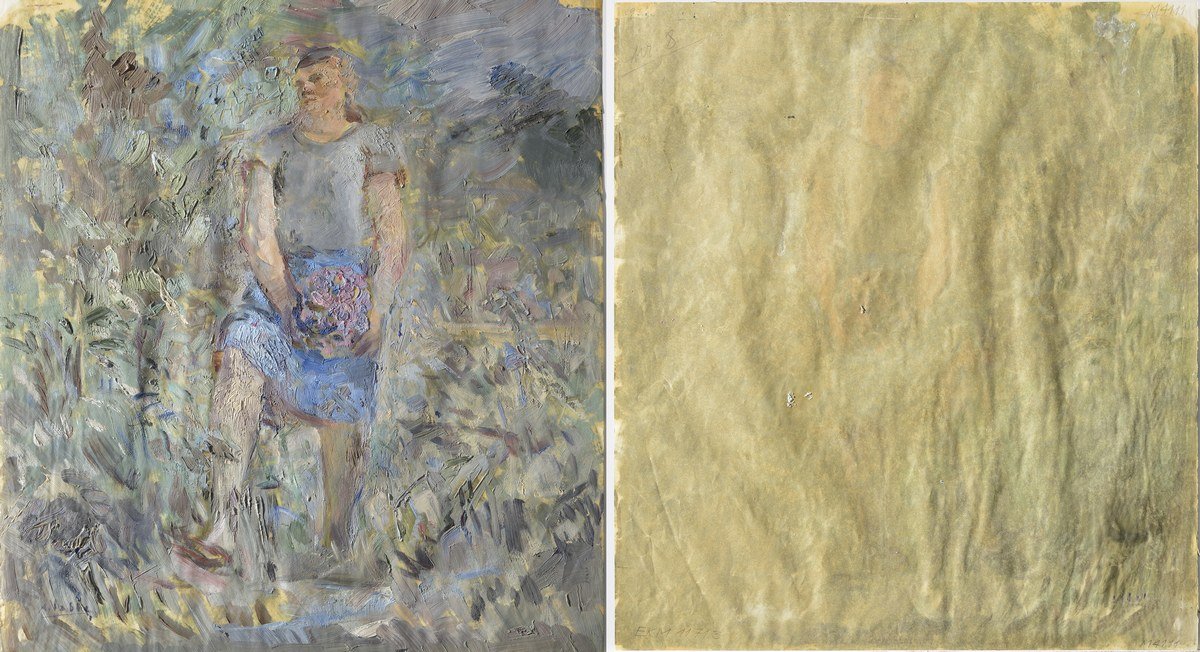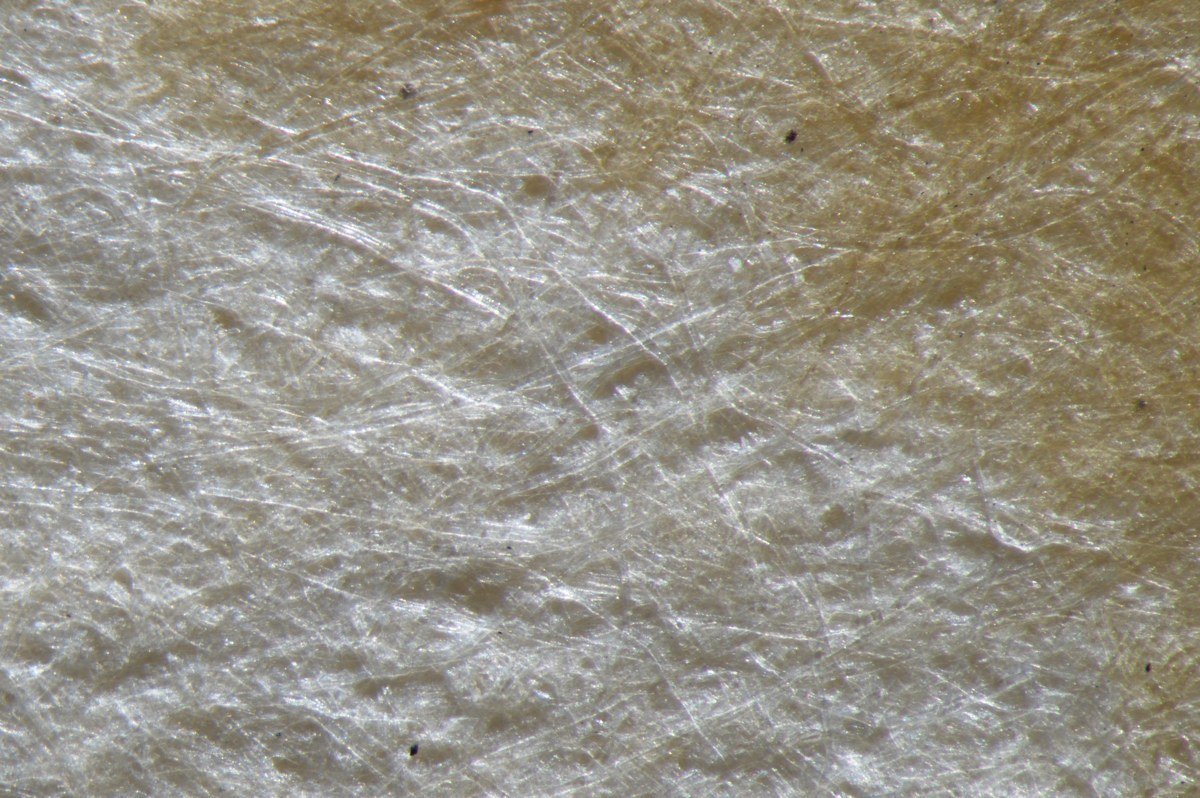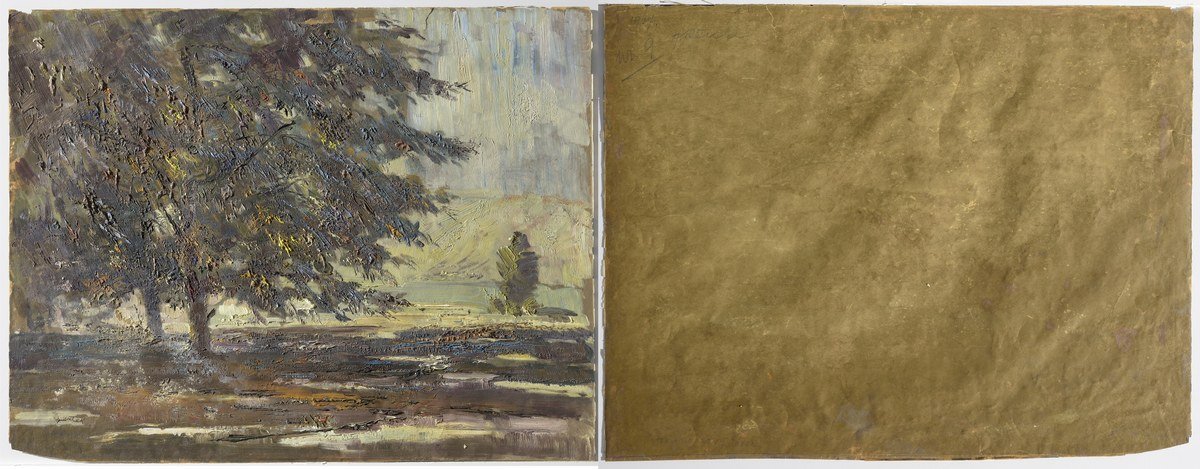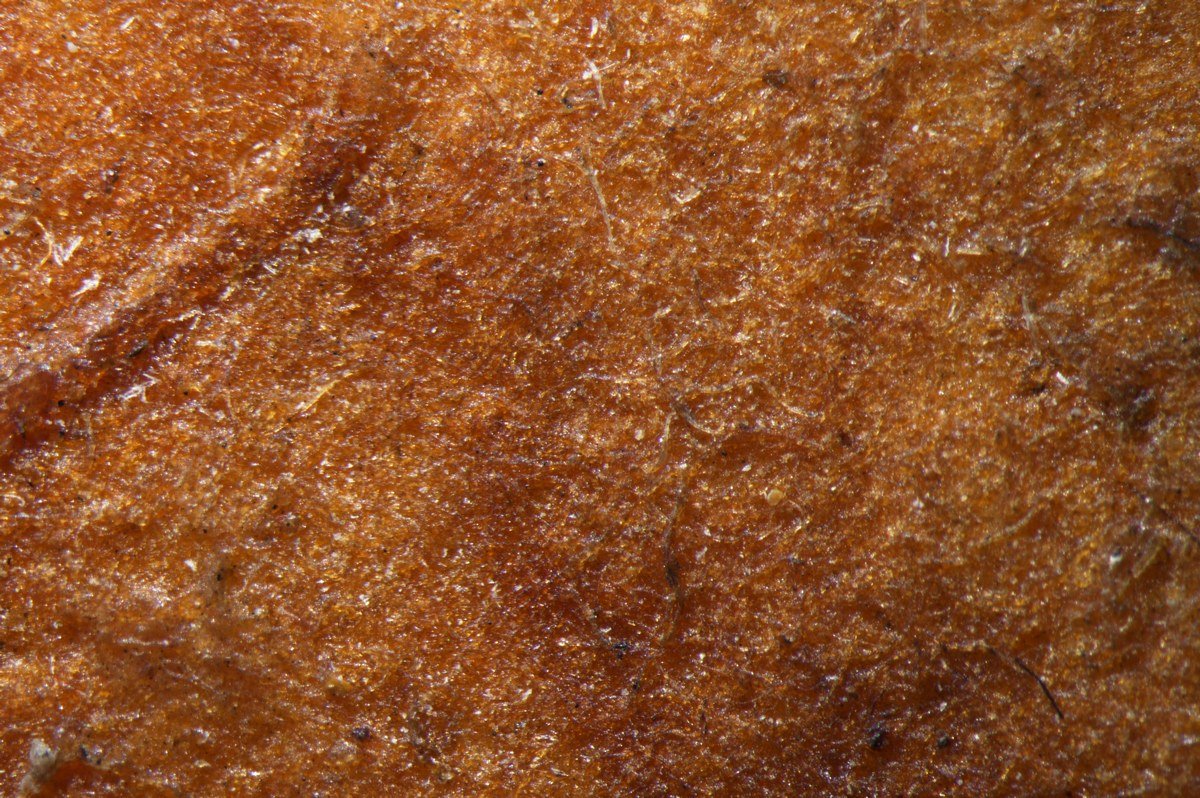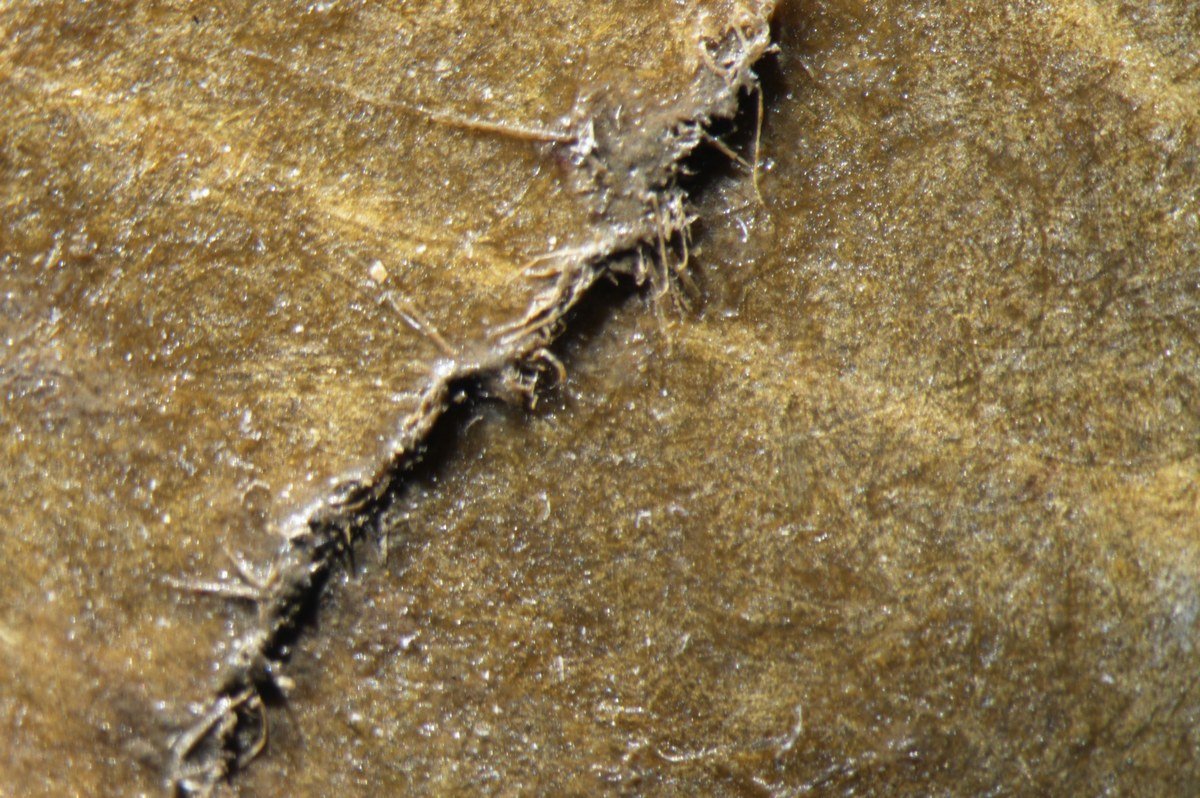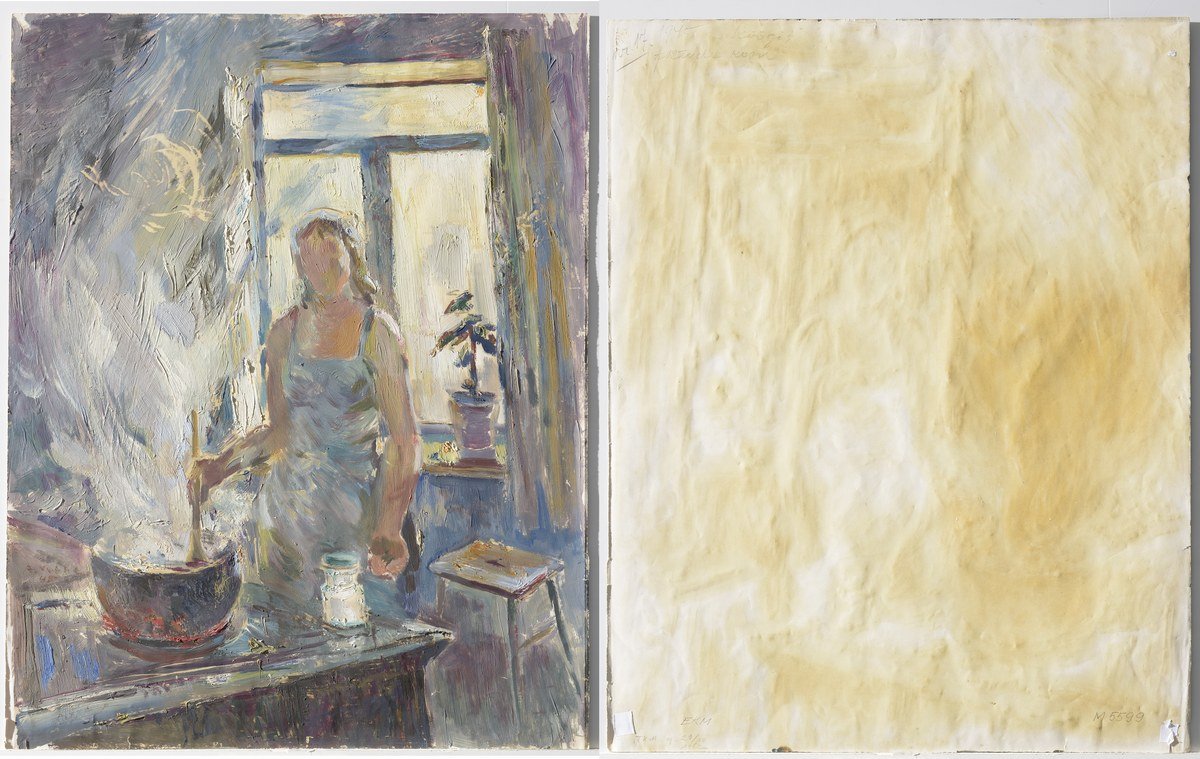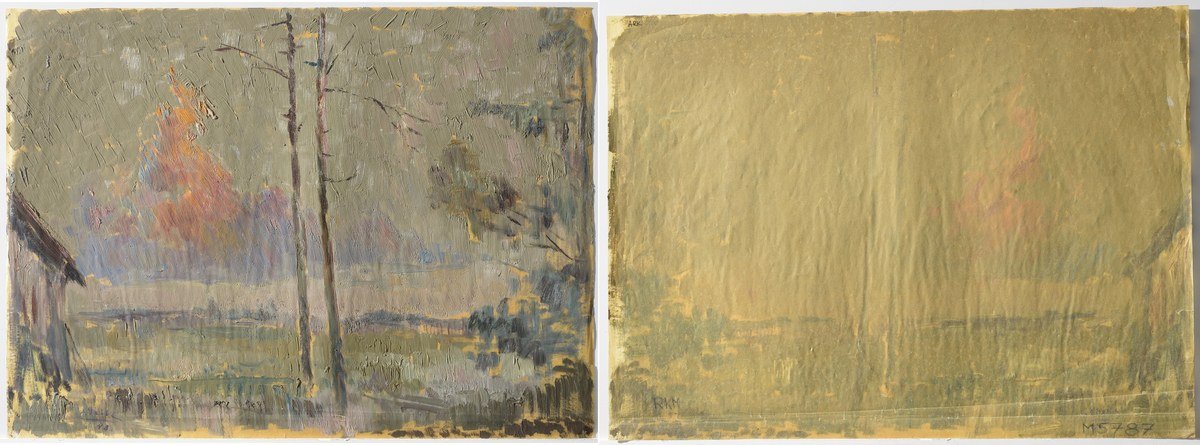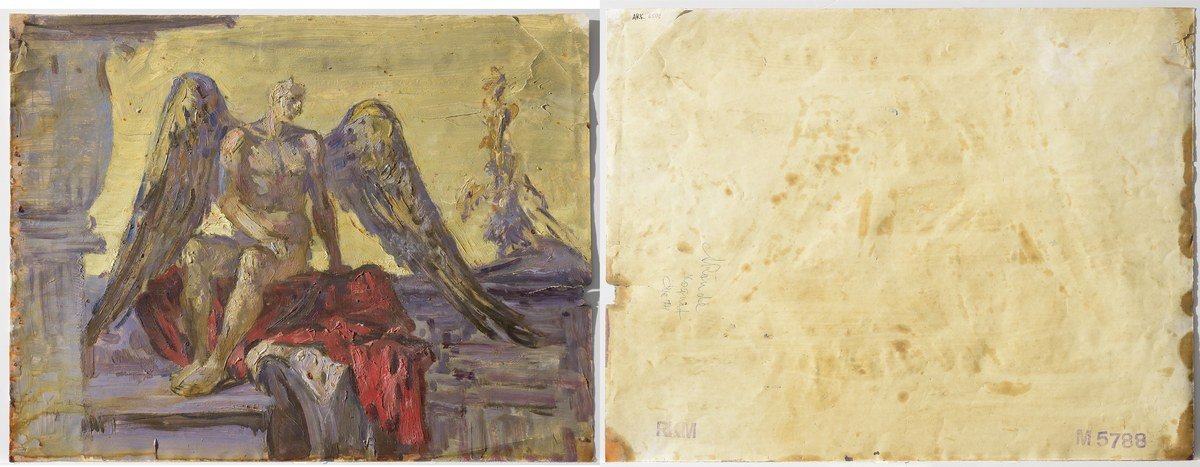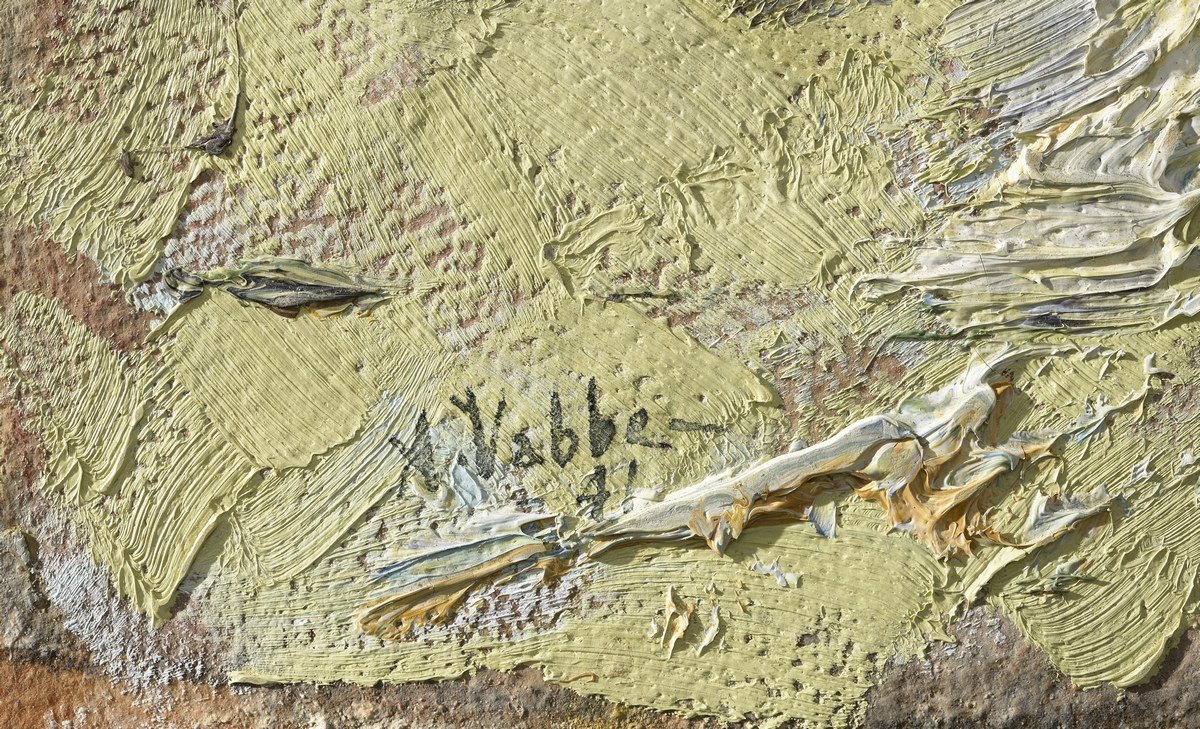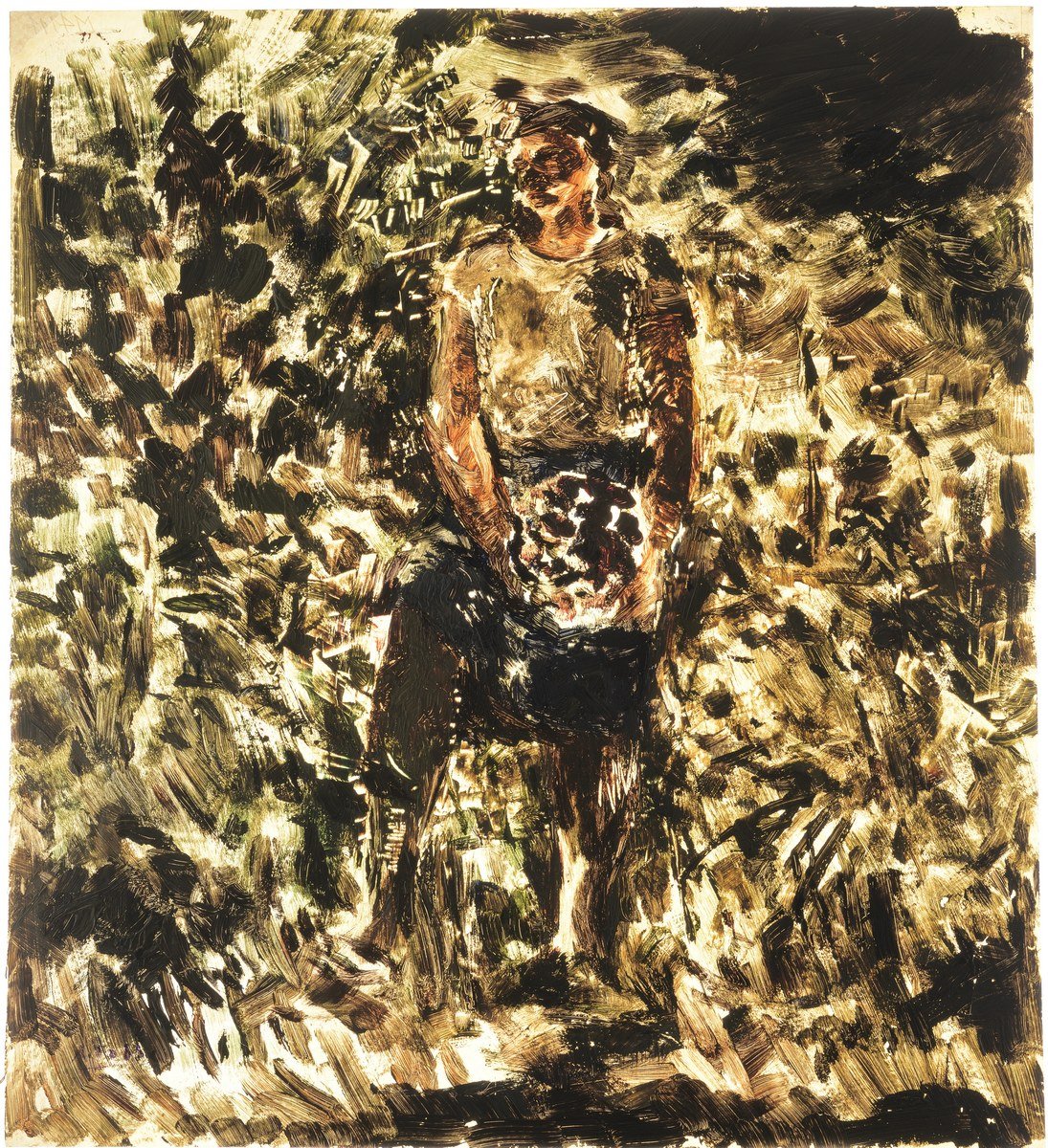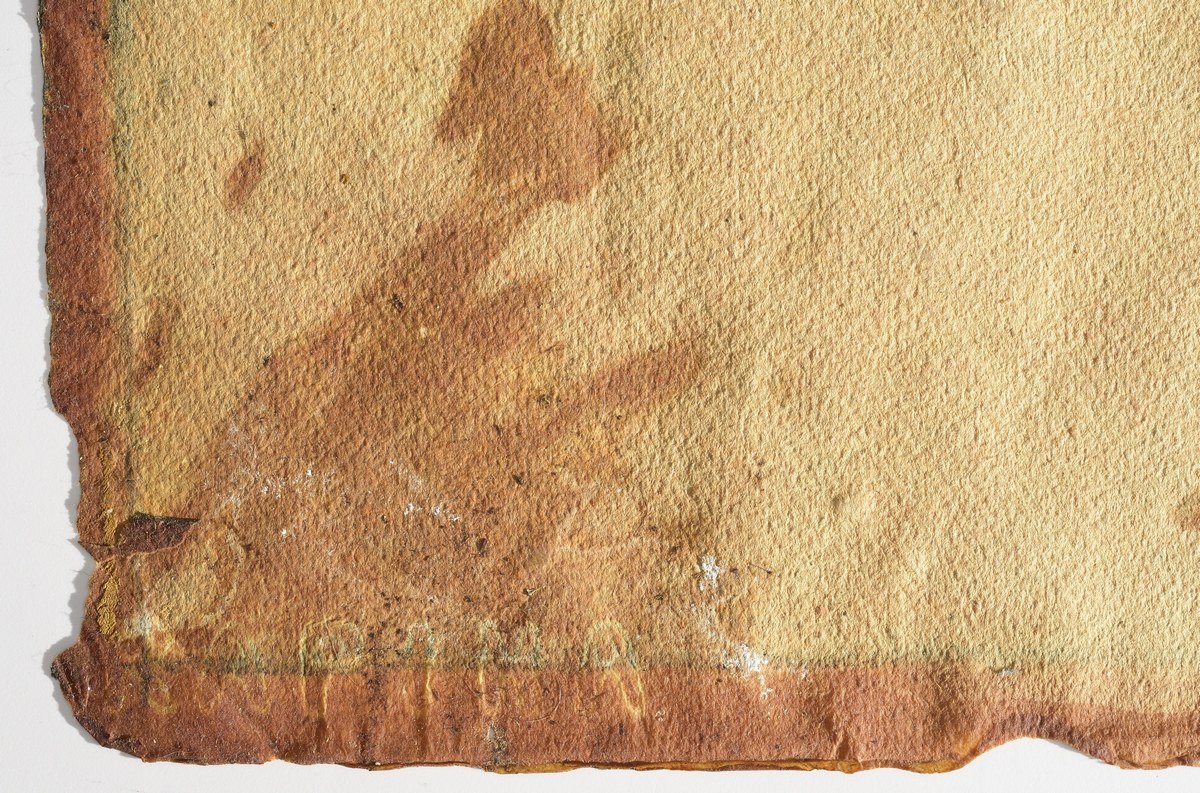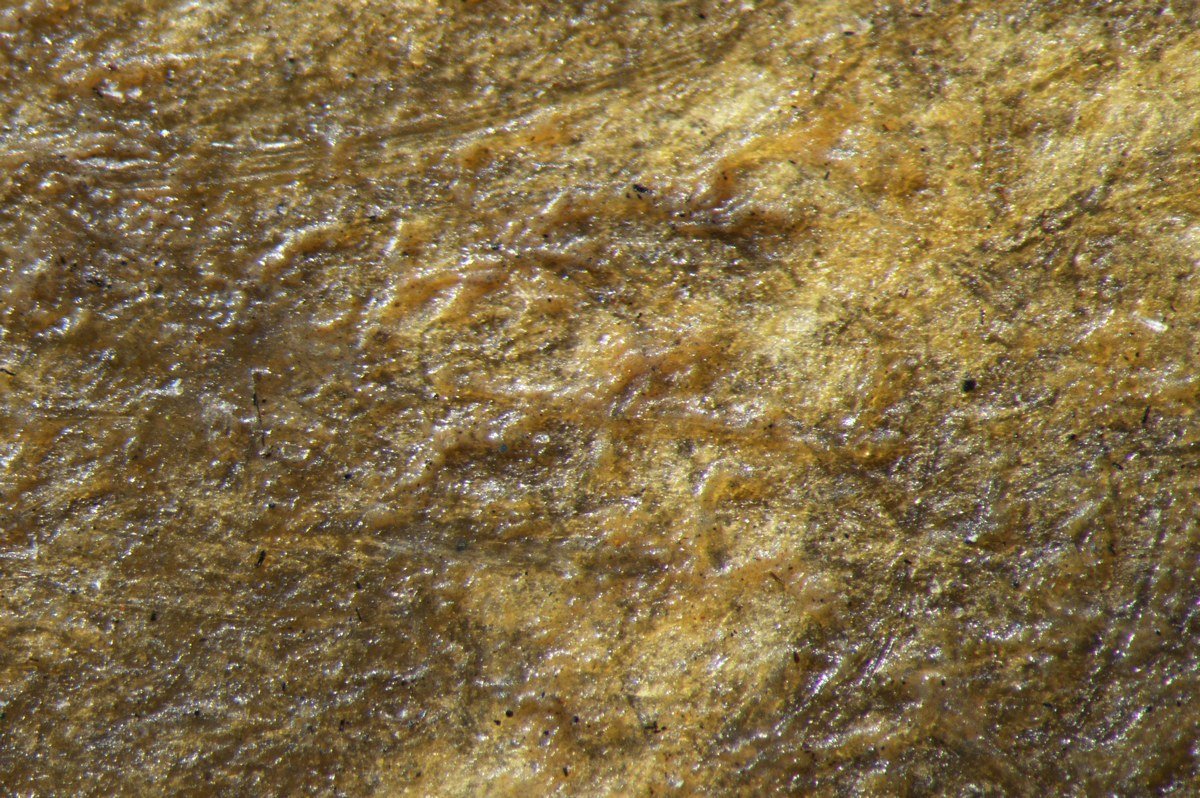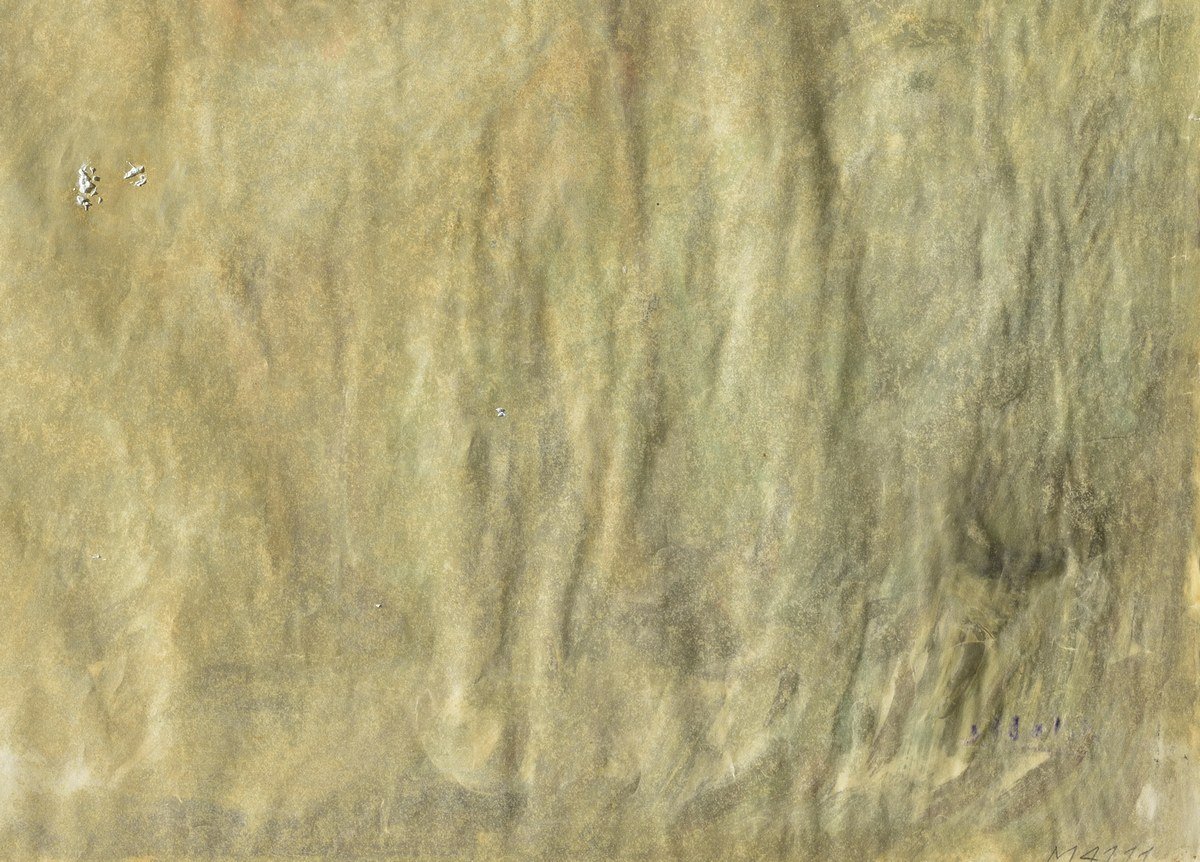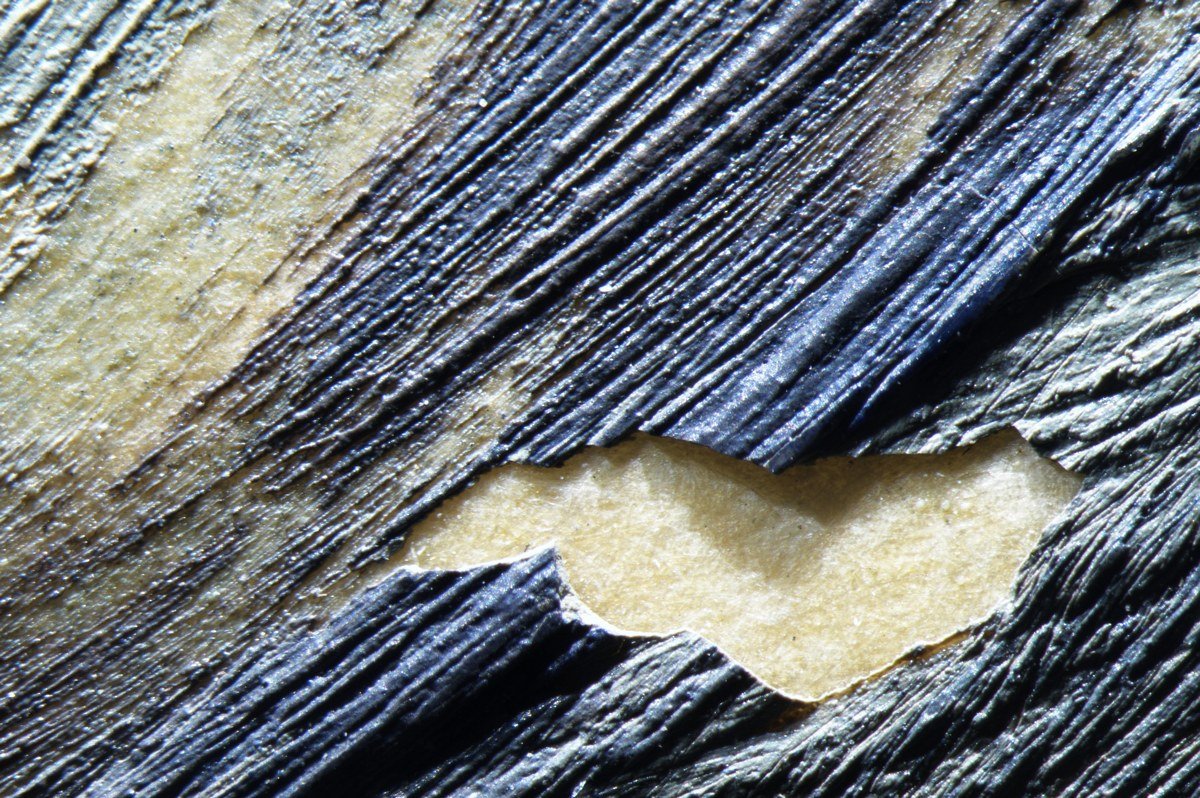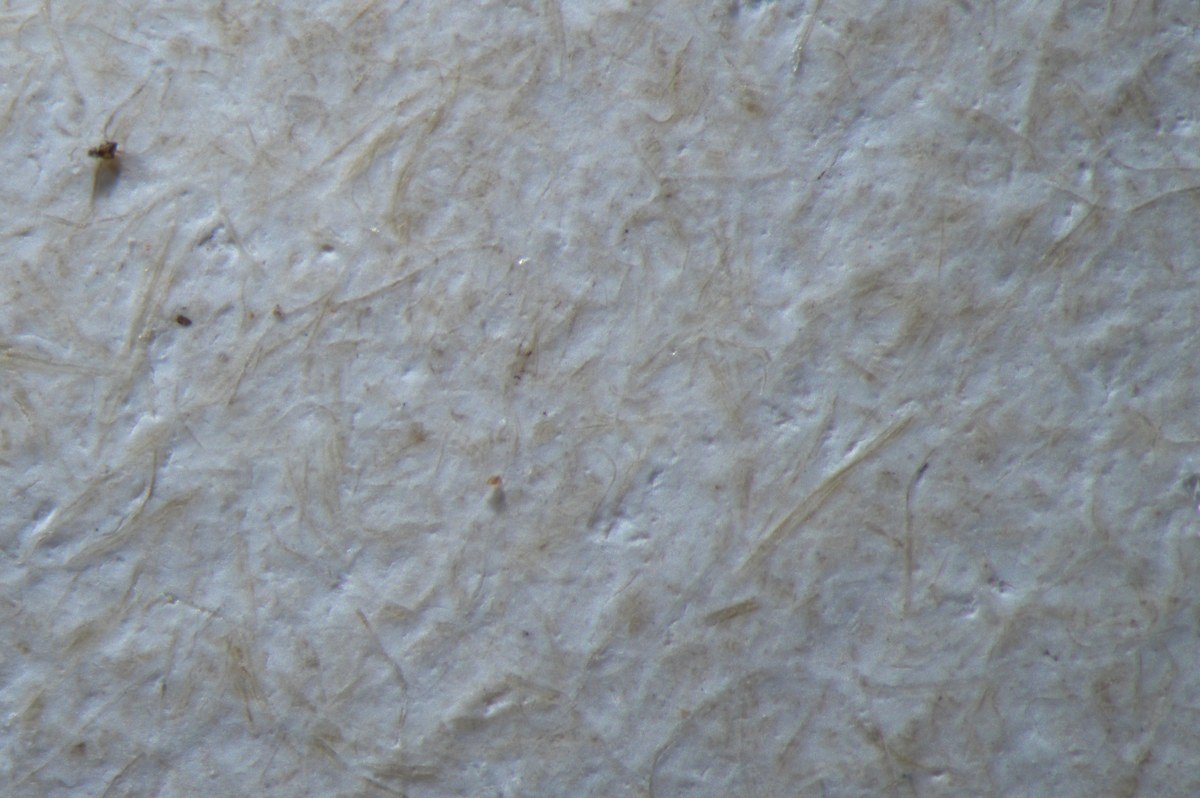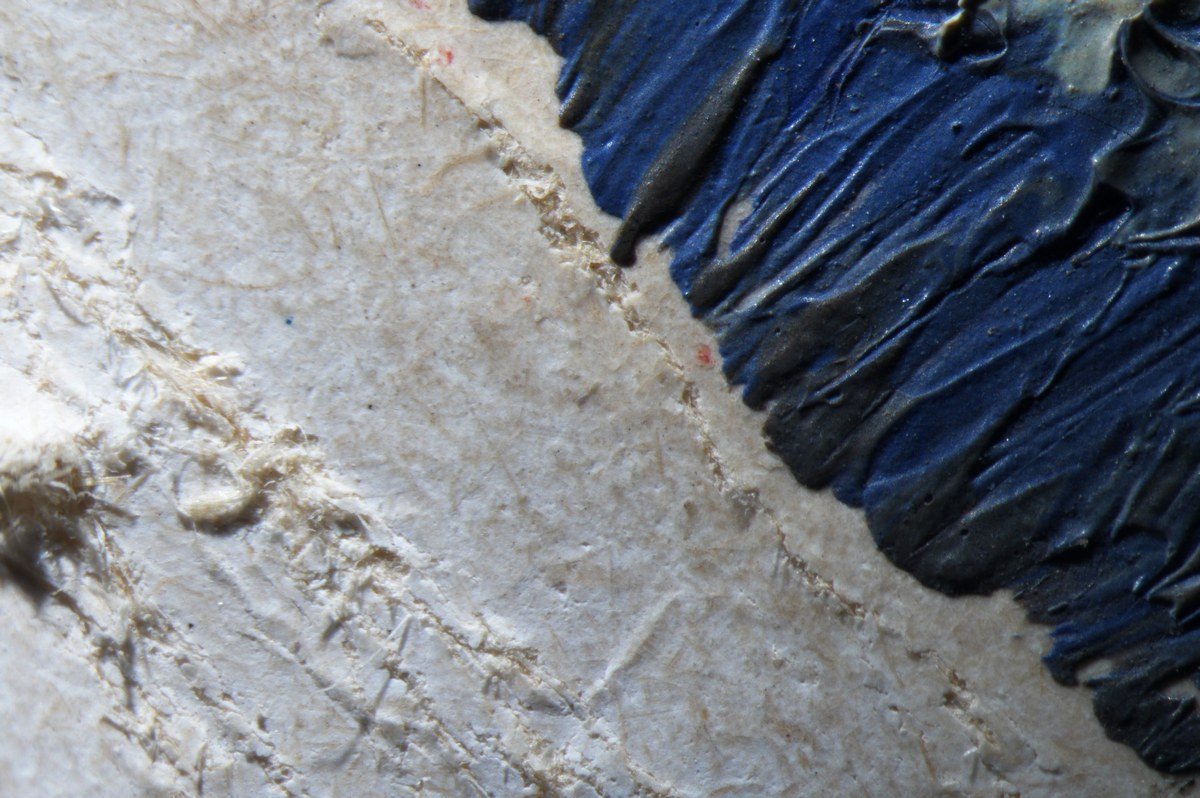CONSERVATION OF OIL PAINTINGS ON PAPER. FROM IDEAS TO PRACTICAL SOLUTIONS ON THE EXAMPLE OF PAINTINGS BY ESTONIAN ARTIST ADO VABBE
Autor:
Kärt Lend, Margit Pajupuu
Year:
Anno 2017/2018
Category:
Research
The article introduces a project of the Art Museum of Estonia from 2014-2017 that involved conservation of oil paintings on paper by Estonian artist Ado Vabbe (1892-1961).
Conservators Margit Pajupuu and Kärt Lend were searching for solutions how to treat these works of art, ensuring their preservation, with a possibility to exhibit and store them in the proper way.
Introduction
Oil paintings on paper have been challenging paper and painting conservators already for decades. An oil painting on paper is a work of art painted either directly on a paper surface, on grounded paper or on a layer of primer. The latter imitates the structure of a classic oil-on-canvas painting, the canvas having been prepared with a primary layer of grounding containing binder, filler and pigments. The oil on paper painting without grounding is usually much more damaged – the oil substance has steeped into the gaps in between paper fibres and changed its optical properties, catalysing the process of deterioration and turning the paper extremely fragile and too weak to support the heavy paint layer.
Within the project the conservators worked at six paintings by Estonian artist Ado Vabbe. All the six were painted on different types of paper without the primary ground layer. The condition of the works that had a thick paint layer applied to thin paper was the worst. The paper had turned brittle, brownish and translucent. It was hazardous to lift or move the paintings, to say nothing about framing and displaying them that could have been possible only on a horizontally even surface. Thus the conservators aimed at finding solutions for treating these fragile and brittle oil paintings on paper studying the condition of the paper fibres and mechanisms of deterioration.
We are grateful indeed to Urve Kallavus, professor emeritus of the Tallinn University of Technology, for her kind instructions in the analytical part of the work. She helped us to grasp the condition of the paper fibres in three Vabbe’s paintings. Scanning electronics microscope, polarisation microscope and infrared spectroscopy were applied for the analyses. The practical work was carried out in the department of conservation of the Art Museum of Estonia.
Ado Vabbe’s Paintings – Technique and Materials
Ado Vabbe’s collection in the Art Museum of Estonia is quite big, including not only watercolours and prints but also oil paintings on paper. Ado Vabbe (1892-1961) was an Estonian avant-gardist painter, a teacher, member of the Society of Estonian Artists and one of the co-founders of the Pallas Art School. At the beginning of his career, from 1910 up to the 1930s he was one of the most innovative artists of Estonia, introducing several modern trends like futurism, cubist futurism and expressionism into the Estonian art scene.
The usage of a less traditional material for his oils might have been due to the shortage of supplies during the Second World War. Still, even today many artists use paper for a support layer and not because of the lack of supplies but for the low cost and a certain creative freedom that paper provides the artist with. Impressionist creativity is evident in Vabbe’s paintings as well. He worked with quite a thick paint layer, leaving some spots on the surface uncovered so that the paper layer was visible. These white spots might have been good for the composition but, unfortunately, this effect got lost when the oxidised paper turned brownish. All the paintings selected for the current conservation project were painted directly on the paper layer. Some of the sheets seem to have been immersed in oil before the painting started.
Oil Paintings on Paper – their Characteristics and Problems
Many conservators and researchers have been wondering about the bad condition of old oil paintings on paper. The deterioration of paper is a result of various factors, such as photomechanical reactions, acidic hydrolysis and oxidation. Pigments and oil are also involved in the deterioration process.
As the oil layer itself is quite stable the problems mainly come due to the paper ground that is in too close a contact with oil. The most characteristic changes referring to damage are the paper turned brown, brittle and transparent. In case the paper is brown and brittle all over the artist might have applied oil over the whole sheet before starting to paint.
Paper and oil paint are rather incompatible partners. Paper is a fibrous material, flexible and dependent on environmental conditions. Oil and oil paints are also flexible when fresh and in liquid form, however drying and reacting with oxygen in the air oil forms a solid and rigid film. In stable conditions the problems needn’t occur but as paper changes due to humidity in the air or some mechanical influences, the thick paint layer may crack and become brittle that damages the painting. As there is no primary ground layer on the aforementioned paintings by Vabbe, the oil has steeped into the interstices between fibres. As there is no air between the fibres the light goes straight through and creates the illusion of transparency. Mechanical distortions make handling difficult and hazardous as well.
Analysis and Method for Conservation
As mentioned before, Professor Urve Kallavus kindly helped us to examine the condition of the paper fibres. The good news was the satisfactory condition of them. It is known that being brittle refers to an extreme decrease in the level of polymerisation of the cellulose chain. The samples analysed, though, showed no remarkable changes in the paper fibres that were long and quite healthy. Only one sample that consisted of deciduous trees’ wood pulp showed greater degradation. The other samples of fibres from pine and spruce trees, also hemp and flax, were in a rather good condition.
This encouraged us to make the conclusion that dried oil around the fibres was the reason for paper turning brown and brittle. On the other hand, it may be said that dried linseed oil encapsulates fibres. Thus the fibres in airless and dry condition may retain their stability for a long period of time if they are not mechanically disturbed. Therefore – oil itself is the main reason for discoloration and embrittlement. While planning the practical part of the project we found ourselves in an interesting situation that did not allow us to use only the traditional methods of paper conservation. For example, measuring of the paper’s pH – the most common way of evaluating the condition of paper – was impossible due to the water-resistant effect of oil. This reassured us to find other ways and think about water-based adhesives like wheat starch paste, methyl cellulose, Klucel G.
In quite an early stage of the project already we decided that lining or consolidation of the fragile paper was to be the core of treatment. True, lining is an invasive procedure but when reversibility is taken into account it may do more good than harm. We also tried to find an alternative to full lining and got satisfactory results by attaching the painting on a good-quality archival board with Japanese paper strips.
A calculated risk was taken with the adhesive – we used ethanol-based Klucel G and traditional water-based wheat starch paste. We also used Japanese kozo paper, archival board and Honeycomb paper panel. For the delicate press we used a regulated air pressure system from the ‘mist lining’ technique by Jos van Och. The regulated air pressure system is especially recommended in the case of a thick paint layer that does not tolerate heavy flat pressing.
Results and Conclusions
As Vabbe used various types of paper for painting, we decided to apply six different methods for support and lining. This choice provided the conservators with a good opportunity for comparing the results.
The methods were the following:
Maastik (Landscape) M 4806, Klucel G in ethanol, Japanese paper strips, fixing on a double archival cardboard
Soomaastik (Swamp landscape) M 5787, Klucel G in ethanol, lining on Japanese paper, fixing on archival cardboard
Puu (Tree) M 4113, wheat starch paste, lining on Japanese paper, fixing on archival cardboard
Naine maastiku taustal (A Woman in the landscape) M 4111, Klucel G in ethanol, lining on Tycore Honeycomb panel
Köögis (In the kitchen) M 5599, wheat starch paste, Japanese paper strips, fixing on archival cardboard
Deemon (Demon) M 5788, wheat starch paste, lining on archival cardboard
Fragility presents the main problem concerning oil paintings on paper. This is why lining was the core of practical treatment. However, we got quite satisfactory results fixing the objects only with strips of Japanese paper on the edges of the paintings. Both adhesives worked well, though Klucel G in ethanol, unlike wheat starch, dries faster and does not allow Japanese paper to distort. Tycore Honeycomb panel is also worth mentioning and recommending, being stable and light. It is vital to point out, though that the fibres of the artwork and of the panel should always lie in the same direction. Only ethanol-based adhesives should be used, as water humidifies the panel’s layers too strongly and the honeycomb structure might get pressed out.
Working on the project we realised how important it is to understand what takes place inside the paper structure on the microscopic level. Paper is not only a two-dimensional flat sheet but it is a complex system of organic compounds, chemical bounds and structures that are influenced by different environmental conditions We hope that the research on the duality of paper and oil will continue.
Appendix 1
System of regulated low-pressure compressed air. How to construct it to achieve pressure needed for lining pieces of art
You need two sheets of polyethylene (the lower, thicker one could be of plastic generally used for greenhouses and the upper one that should be thinner) to combine the system of regulated low-pressure compressed air. The lower thicker plastic should be stretched on a frame (use a stapler) or fixed with tape on an even base (a table or floor). Then cover the plastic with a sheet of fine fabric, 5cm wider that the plastic or some synthetic material (gauze, Hollytex, Reemay) to grant the air motion.
Next a circular system of plastic tubes should be made. Tubes for power cables available at construction shops are suitable. Then holes (with diameter ca 0.5cm) are drilled into the tubes at 10cm distance of each other. The tubes should form a circle big enough to be at least 10cm away from the work of art. Some fabric, either canvas or thicker cheesecloth should be wrapped around the tubes in order to prevent the thinner plastic sheet from blocking the holes when vacuuming starts. The tubes must be connected to an industrial vacuum pump, moisture sustaining and powerful enough to grant the draw. Adhesive backing material (e.g. cardboard) should be set in the centre of the tubes and the work of art placed onto it. In case the backing is some thinner material – a sheet of Japanese paper, for instance, some auxiliary supporting cardboard is needed beneath it. To avoid sticking, a small sheet of Hollytex comes handy. Then place a sheet of Hollytex on the work and cover the whole with thin plastic.
When the motor of the vacuum pump is switched on it starts drawing air out from between the two layers of plastic. Due to that the air in the room presses against the plastic surfaces and produces a delicate pressure that follows the pasty surface of the painting. Smoothing the upper plastic by hands guarantees equability and in a few minutes the object will be firmly pressed in between the two plastic layers. 1
The object could be under pressure for 1-2 hours and it should be mentioned that this kind of compressed air pressure does not dry the object up in the way the common presses do. Having removed the object from the press it should be laid in between soft felts in a light common press (a plate is quite enough, a heavier pressure could damage the pasty layer of paint).
Materials needed for constructing the regulated low-pressure compressed air system [fig 28]
• Smooth and clean base – table/floor.
• Wooden frame – the size should correspond to the objects being backed/lined. In addition to the object itself the surrounding tubing must be accommodated.
• Greenhouse plastic – of thicker kind; should be stapled on the frame. Put a strip of thicker paper in between the staples and plastic to avoid stretching the staple-holes.
• Thin material that lets the air pass through – gauze/Hollytex/Reemay. The piece of the material should be a little larger in size than the tube-system. To avoid shifting it might be fixed with sticky tape to the tubes.
• Tubes for power cables – ca 1.5cm in diameter, plastic. You should form a circular system of them and drill holes about 10cm from each other.
• Textile – strips of canvas, for example, to cover the tubes. This would prevent the covering plastic from clogging them.
• An industrial vacuum cleaner – the connection in between the tubes and the vacuum-cleaner/motor should be regulative and airtight, moisture and tension sustaining. Thus special machinery used at construction-sites would be suitable enough.
• Thin plastic – the thin film for dust-protection sold at construction-shops would do.
REFERENCES:
1. Juske, Ants. Ado Vabbe – esimene eesti avangardist või modernist? – Eesti Päevaleht. 3. mai, 2008.
2. http://miksike.ee/docs/referaadid2006/ado_vabbe_olivervaldmaa.htm
3. Hirv, Indrek. Ado Vabbe koerused. – Postimees, 3. november, 2007.
4. Prof. A. Vabbe – „Pallase“ maali saladus. – Postimees nr. 60, 13. märts 1943. – http://dea.digar.ee/cgi-bin/dea?a=d&d=postimeesew19430313.2.48; vaadatud 25.04.2017.
5. Eesti Kunstimuuseumi digitaalkogu: https://digikogu.ekm.ee/ekm
6. Artiklis esitatud makrofotod on tehtud mikroskoobiga Nikon SMZ 1000 GWB.
7. Banou, P., Alexopolou, A., Singer, B. The Treatments of Oil Paintings on Paper Supports. Considerations on the Treatent Applications Used from the Past until the Present. – Journal of Paper Conservation 16/1, 2015, lk 29–36.
8. Gaasikromatograafia-massispektromeetria (gaschromatography-mass spectrometry), analüüsitava prooviainese komponentide lahutamise ja identifitseerimise meetod.
9. Banou, P., Alexopolou, A., Singer, B. The Treatments of Oil Paintings on Paper Supports. Considerations on the Treatent Applications Used from the Past until the Present. – Journal of Paper Conservation 16/1, 2015, lk 29–36.
10. Vestlus TTÜ Materjaliuuringute keskuse emeriitprofessori Urve Kallavusega 10.02.2017. Helisalvestis ja transkriptsioon autorite valduses.
11. Peets Heige. Loeng Eesti Kunstiakadeemia konserveerimisosakonnas. Loeng 10: Materjalide vananemine: hüdrolüüs ja oksüdatsioon. https://evm.ee/uploads/files/loeng10.pdf
12. Banou, P., Alexopolou, A., Singer, B. The Treatments of Oil Paintings on Paper Supports. Considerations on the Treatent Applications Used from the Past until the Present. – Journal of Paper Conservation 16/1, 2015, lk 31.
13. Peets, Heige. Loeng Eesti Kunstiakadeemia konserveerimisosakonnas. Loeng 5: Rasvhapped. Rasvad ja õlid. https://evm.ee/uploads/files/loeng05.pdf
14. Bogdan, Juita; Dlugogorski, Z; Kennedy, Eric M; Mackie, John. Low Temperature Oxidation of Linseed Oil: a Review. – Fire Science Reviews, 1/3, 2012, lk. 4. – http://www.firesciencereviews.com/content/1/1/3
15. Bogdan, Juita; Dlugogorski, Z; Kennedy, Eric M; Mackie, John. Low Temperature Oxidation of Linseed Oil: a Review. – Fire Science Reviews, 1/3, 2012, lk. 4. – http://www.firesciencereviews.com/content/1/1/3
16. Bogdan, Juita; Dlugogorski, Z; Kennedy, Eric M; Mackie, John. Low Temperature Oxidation of Linseed Oil: a Review. – Fire Science Reviews, 1/3, 2012, lk 20. – http://www.firesciencereviews.com/content/1/1/3
17. Uurimismeetodid (analüüside teostaja U. Kallavus): 1) Valgusmikroskoopia, stereomikroskoop NIKON SMZ 800,valgusmikroskoop (polarisatsioon) NIKON Microphot FX; 2) Skaneeriv elektronmikroskoop ZEISS EVO MA15; 3) Infrapunaspektroskoopia Bruker ALPHA FTIR ATR.
18. Urve Kallavuse kommentaar: „Infrapunaspektroskoopia meetod ei andnud õli identifitseerimisel häid tulemusi, sest paberi, krundi ja pigmentide segus ei eristunud õli piisavalt hästi. Lisaks on tegemist oksüdeerunud õliga, mis muudab spetsiifiliste ribade asukohti spektris. Kõige parem spektrite kokkulangevus oli tselluloosilehele kantud vanandatud külmpressitud linaõliga ja teose A. Vabbe “Maastik” pleegitamata paberalusega.“
19. Uuringute tulemusi kirjeldav protokoll autorite valduses.
20. Artiklis esitatud mikrofotod on tehtud skaneeriva elektronmikroskoobiga (SEM) - ZEISS EVO MA15.
21. Ühilduvuse ehk kokkusobivuse põhimõte (principal of compatibility) – säilitusteaduses kasutatav mõiste, seotud ka pööratavuse põhimõttega. See sätestab, et konserveerimisel kasutatavad materjalid peavad sobituma originaalmaterjali ja -struktuuriga viimast mittekahjustaval moel. Petzet, Michael. Principles of Preservation. An Introduction to the International Charters for Conservation and Restoration 40 Years after the Venice Charter, 2004.
22. Banou, P., Alexopolou, A., Singer, B. The Treatments of Oil Paintings on Paper Supports. Considerations on the Treatent Applications Used from the Past until the Present. – Journal of Paper Conservation 16/1, 2015, lk 29–36.
23. ISO 9706:1994 – Information and Documentation. Paper for Documents. Requirements for Permanence.; ISO 18916:2007 – Imaging Materials. Processed Imaging Materials. Photographic Activity Test for Enclosure Materials.
24. Paberi leht on makrotasand. Õli liikumine paberikiudude vahele, läbipaistvuse ja värvuse ning paberi mahulisuse muutused – see kõik toimub makrotasandil. Kiudude oksüdatsioon ja hüdrolüüs, kui kiudude polümerisatsiooniaste väheneb ja paber muutub lagunemisel moodustuvate ühendite eraldumise tõttu kollaseks (foxing), siis on tegemist paberi kui materjali kahjustumisega mikrotasandil. (Toimetaja märkus.)
25. Pauklin, Kärt. Magistritöö „Suuremõõtmiseliste paberalusel kunstniteoste konserveerimine A. Kasemaa sega-tehnikas tritühhoni „Visiiidid“ näitel“, magistritöö, EKA muinsuskaitse ja konserveerimisosakond. 2013. Lk 47.

